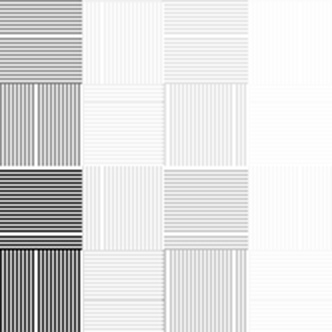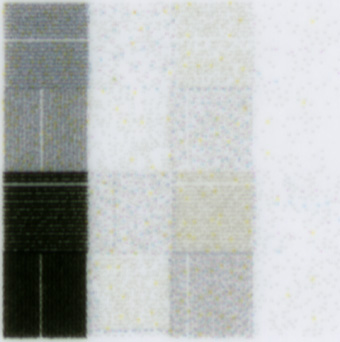I thought I’d look at the way the Epson 3880 and the driver resample images at 2880/1440 dpi. I took the now-familiar grating at 700 ppi, and resampled it in Photoshop using nearest neighbor. This is what I got:
Then I printed a 700 ppi image using ABW. Here’s what it looks like:
The pattern of extra white and extra dark lines is not identical, but the spacing appears to be the same between the two images. I’d say that it looks like the printer/driver resamples to 720 ppi before doing the error diffusion.
Just for interest, here’s what the printer does when fed some other gratings.
340 ppi:
300 ppi:
and 480 ppi:
Note that the 480 ppi image provides a fine example of aliasing.





I just came across this most interesting post. The 340 DPI image does not display on my MacBook Pro using the Chrome browser. Is the statement that the 480 DPI image is a fine example of aliasing a typo? To my eye the 480 DPI image looks fine and the 300 DPI image shows aliasing.
Are you looking at the images at 100%?
Jim, Yes I am looking at the images on my Macbook Pro with a Retina display at actual size.
Bill